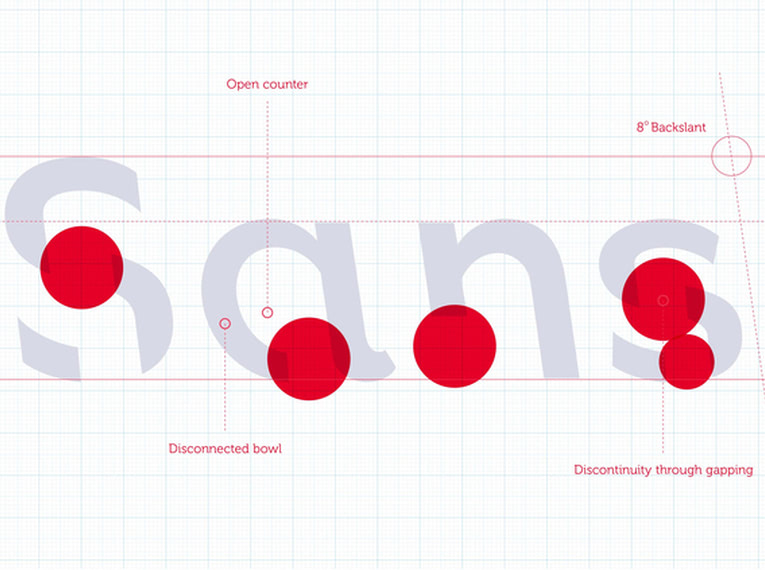Sans Forgetica typeface designed to help students study #FutureofEducation

Sans Forgetica: RMIT creates new typeface designed to help students study
A new font designed at Melbourne’s RMIT University and released today could help people remember more of what they read as thousands of students begin to study for exams.
Researchers and academics from different disciplines came together to develop, design and test the font called Sans Forgetica.
The font is the world’s first typeface specifically designed to help people retain more information and remember more of typed study notes.
It was developed in a collaboration between typographic design specialist and psychologists, combining psychological theory and design principles to improve retention of written information.
Stephen Banham, RMIT lecturer in typography and industry leader, said it was great working on a project that combined research from typography and psychology and the experts from RMIT’s Behavioural Business Lab.
“This cross pollination of thinking has led to the creation of a new font that is fundamentally different from all other font. It is also a clear application of theory into practice, something we strive for at RMIT,” he said.
Chair of the RMIT Behavioural Business Lab and behavioural economist, Dr Jo Peryman, said it was a terrific tool for students studying for exams.
“We believe this is the first time that specific principles of design theory have been combined with specific principles of psychology theory in order to create a font.”
The font was developed using a learning principle called ‘desirable difficulty’, where an obstruction is added to the learning process that requires us to put in just enough effort, leading to better memory retention to promote deeper cognitive processing.
Senior Marketing Lecturer (Experimental Methods and Design Thinking) and founding member of the RMIT Behavioural Business Lab Dr Janneke Blijlevens said typical fonts were very familiar.
“Readers often glance over them and no memory trace is created,” Blijlevens said.
However, if a font is too different, the brain can’t process it and the information is not retained.
“Sans Forgetica lies at a sweet spot where just enough obstruction has been added to create that memory retention.”
Sans Forgetica has varying degrees of ‘distinctiveness’ built in that subvert many of the design principles normally associated with conventional typography.
These degrees of distinctiveness cause readers to dwell longer on each word, giving the brain more time to engage in deeper cognitive processing, to enhance information retention.
Roughly 400 Australian university students participated in a laboratory and an online experiment conducted by RMIT, where fonts with a range of obstructions were tested to determine which led to the best memory retention. Sans Forgetica broke just enough design principles without becoming too illegible and aided memory retention.
RMIT worked with strategy and creative agency Naked Communications to create the Sans Forgetica concept and font.
Sans Forgetica is available free to download as a font and Chrome browser extension from Wednesday afternoon.











Responses